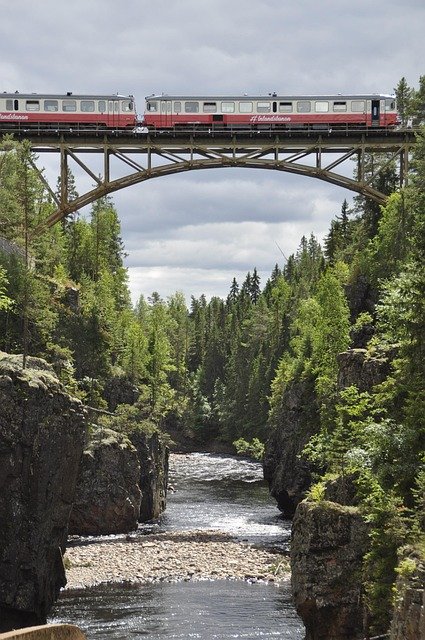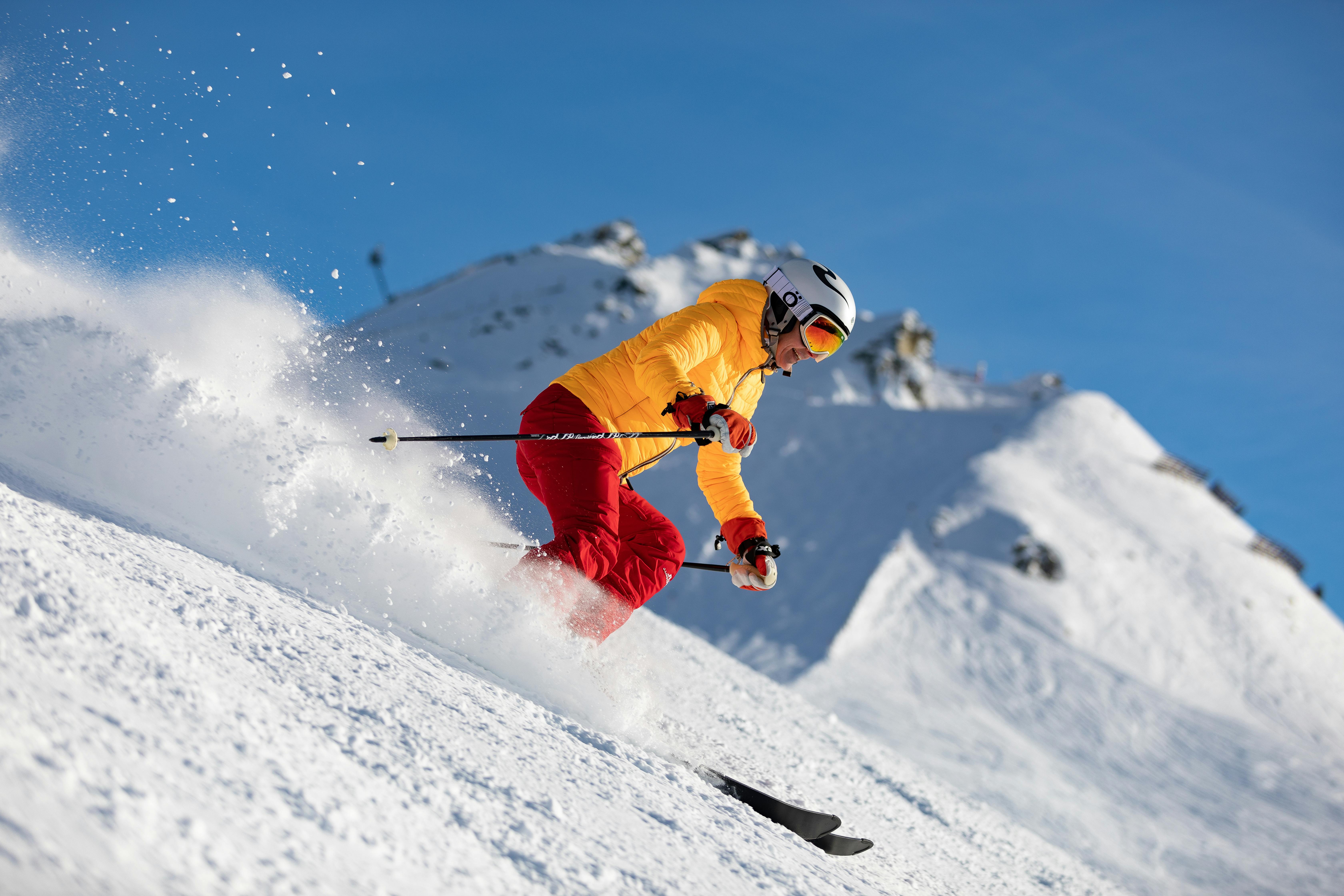Exploring the World by Rail: The Magic of Railway Tours
Railway tours offer travelers a unique perspective on the world, combining comfortable transportation with immersive sightseeing experiences. Unlike other forms of travel, trains allow passengers to witness landscapes unfold continuously, creating a flowing narrative of a region's geography and culture. From luxury cross-continental journeys to scenic day trips through mountain passes, railway tours have evolved to cater to diverse preferences while maintaining their distinctive charm of unhurried exploration and connection to the lands they traverse.

Why Choose Train Travel?
Train travel presents numerous advantages that set it apart from other transportation modes. The environmental benefits are significant—trains generally produce fewer carbon emissions per passenger than cars or planes. This eco-friendly aspect appeals to increasingly environmentally conscious travelers seeking to reduce their carbon footprint while still experiencing distant destinations.
Comfort represents another compelling reason to choose railway tours. Unlike the cramped conditions often associated with air travel or long car journeys, trains offer spacious seating, the freedom to move about, and the ability to stretch your legs during the trip. Many trains feature large windows specifically designed for sightseeing, dining cars serving quality meals, and sometimes even observation cars with panoramic views. The gentle rocking motion of trains also creates a naturally relaxing rhythm that many travelers find conducive to both contemplation and conversation.
Additionally, train travel eliminates many common travel stressors. There’s no need to navigate unfamiliar roads, deal with airport security lines, or worry about luggage weight restrictions. Many railway tours also deliver passengers directly to city centers rather than distant airports, making the beginning and end of journeys more convenient and immersive.
What Is a Railway Tour?
A railway tour is a curated travel experience centered around train journeys, often combining transportation with comprehensive sightseeing opportunities. These tours range from fully escorted group experiences with guides handling all logistics to independent packages that provide train tickets, accommodations, and suggested itineraries while allowing travelers to explore at their own pace.
Railway tours typically fall into several categories. Luxury trains like the Venice Simplon-Orient-Express or South Africa’s Rovos Rail offer opulent accommodations reminiscent of elegant hotels, with fine dining and exclusive excursions at stops along the route. Scenic railways focus primarily on spectacular routes through mountains, along coastlines, or across dramatic landscapes, such as Switzerland’s Glacier Express or the Rocky Mountaineer in Canada. Cultural and historical railway journeys emphasize connections to regional heritage, often including guided tours at destinations and onboard educational components.
The duration of railway tours varies considerably, from half-day scenic excursions to epic transcontinental journeys lasting weeks. Many tours combine rail travel with other modes of transportation and experiences, creating a multi-faceted exploration of regions that would be difficult to appreciate through other travel methods.
How Does Travel by Train Enrich the Experience?
The unique pace and perspective of train travel fundamentally transforms the journey itself into a central part of the travel experience rather than merely a means to reach destinations. This shift in focus creates opportunities for deeper connection with both landscapes and communities.
Train travel fosters genuine human interaction, both with fellow passengers and local people encountered at stations and through train windows. These natural, unforced encounters often lead to meaningful cultural exchange and unexpected insights. The communal nature of train travel—sharing meals, views, and experiences—creates a distinctive social atmosphere that many travelers cherish as much as the destinations themselves.
The rhythmic progression of train journeys also provides time for reflection and absorption of experiences. Unlike rapid air travel, which can create a disorienting sense of displacement, trains allow travelers to witness the gradual transitions between environments, cultures, and climates. This contributes to a deeper understanding of geographical relationships and regional differences.
Many historic trains and routes also incorporate educational elements that connect passengers with the history of both rail travel and the regions traversed. From restored vintage carriages to informative commentary about landmarks passed, railway tours often layer historical context with present-day observations, creating a richer travel narrative.
How Do Landscapes Shape the Journey?
The relationship between railway routes and landscapes represents one of the most compelling aspects of train travel. Unlike highways, which often bypass natural features or reshape the land to accommodate straight paths, railways historically followed the contours of the land, hugging coastlines, winding through mountain passes, and tracing river valleys.
This intimate connection with topography creates constantly changing vistas that reveal the true character of regions. Travelers witness diverse ecosystems transition before their eyes—perhaps beginning in coastal lowlands, climbing through forested hills, and emerging into alpine meadows, all within a single journey. This progressive unveiling of landscapes creates a comprehensive understanding of regional geography impossible to gain through point-to-point air travel.
Some of the world’s most spectacular railway journeys specifically showcase dramatic landscapes. Norway’s Flåm Railway descends nearly 3,000 feet through steep mountain terrain, offering views of waterfalls and fjords. Peru’s train to Machu Picchu winds through the Sacred Valley with breathtaking Andean mountain scenery. These routes weren’t developed primarily for efficiency but rather to provide access to remarkable natural environments while becoming attractions themselves.
The engineering achievements visible throughout railway journeys—bridges spanning gorges, tunnels burrowing through mountains, tracks carefully carved into precarious cliffsides—also tell stories of human determination to connect communities despite geographical challenges. These impressive works often become focal points for railway tours, with guides explaining their historical significance and technical accomplishments.
How to Choose the Right Railway Tour
Selecting the ideal railway tour depends on several factors including personal interests, desired level of luxury, time constraints, and specific destinations. Luxury-oriented travelers might prioritize trains with elegant private cabins, gourmet dining, and white-glove service. Those focused on scenery might select routes known for spectacular natural features regardless of onboard amenities.
Consider whether you prefer a fully escorted experience with expert guides handling all details or an independent journey allowing for flexibility and personal exploration. Group size varies significantly between tour operators, from intimate experiences limited to a few dozen passengers to larger operations accommodating hundreds.
The timing of railway tours can dramatically affect the experience. Mountain railways might offer lush green landscapes in summer but snow-covered winter wonderlands during colder months. Seasonal considerations also extend to potential weather disruptions and temperature variations that might impact comfort.
| Railway Tour Type | Typical Features | Best For | Price Range (per person) |
|---|---|---|---|
| Luxury Multi-Day Tours | Private cabins, gourmet dining, premium excursions | Special occasions, milestone celebrations | $2,000-$15,000+ |
| Scenic Day Trips | Spectacular routes, observation cars, guided commentary | Photography enthusiasts, time-limited travelers | $100-$500 |
| Cultural Heritage Railways | Historic trains, educational components, city stops | History buffs, cultural explorers | $500-$3,000 |
| Independent Rail Packages | Train tickets, accommodations, self-guided options | Independent travelers, budget-conscious explorers | $300-$2,500 |
Prices, rates, or cost estimates mentioned in this article are based on the latest available information but may change over time. Independent research is advised before making financial decisions.
The Timeless Appeal of Railway Tours
Railway tours continue to captivate travelers despite our fast-paced world, perhaps precisely because they offer an antidote to hurried modern life. They combine the romance of historical travel with practical advantages of comfort, sustainability, and immersive experiences. Whether traversing mountain passes on engineering marvels from a bygone era or gliding across continents in contemporary luxury, railway journeys provide a distinctive travel experience that connects passengers with landscapes and cultures in ways impossible through other means of transportation.






